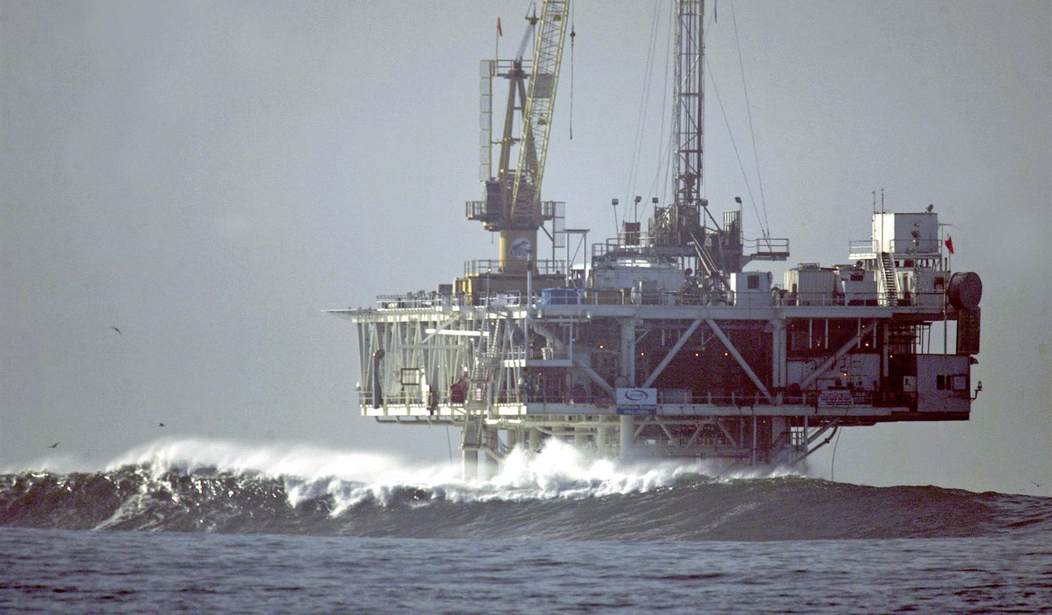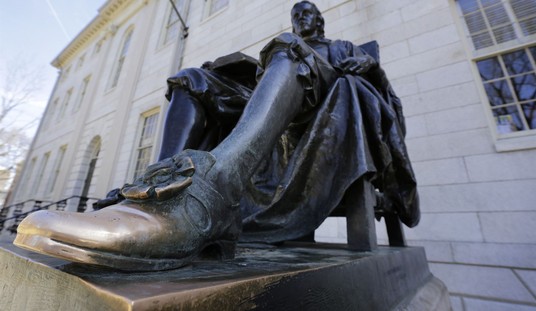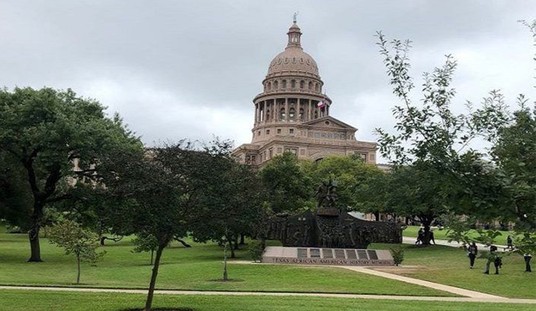There is a lake in northern Cameroon called Lake Nyos. This lake sits atop a volcano crater, and underneath this lake is a cauldron of volcanic gases, including that arch-villain of the climate change crowd, carbon dioxide. Lake Nyos doesn't look all that unusual, and like most lakes and rivers in that part of the world, a fair number of people lived nearby, along the shore and in the surrounding countryside.
In August of 1986, though, something bad came up out of Lake Nyos, something that caused the deaths of 1,746 people. That was, of course, carbon dioxide. This was a natural event, not prompted by anything humans had done - but it could very well present a scenario that should concern everyone. As part of the climate change argument, some groups are pushing carbon capture and storage - a practice that could, conceivably, produce a Lake Nyos-like incident.
This is a solution desperately seeking a problem. At The Daily Sceptic, that publication's Environmental Editor, Chris Morrison, has the details.
If carbon capture and storage (CCS) was fracking for gas, it would have been banned years ago. Both processes can cause earth tremors – equivalent to a man falling off a chair in the case of fracking, but potentially much greater with carbon capture. This is because it involves millions of tonnes of pressurised carbon dioxide being pumped into rock cavities possibly compromised by prior drilling holes. Waste water from pressurised oil and gas projects has been known to escape from degraded drill plugs causing geysers 100-foot high. Such a catastrophe on land with millions of tonnes of CO2 waiting to escape is not a good prospect. On August 21st, 1986 the sudden high pressure release of magmatic CO2 from the bed of Lake Nyos in Cameroon led to heavier-than-air CO2 suffocating all living beings in the surrounding villages including 1,746 people.
Injecting tons of carbon dioxide into rock strata already compromised by drill holes just seems to be asking for an incident. Granted I'm a biologist by training and not a geologist, but it doesn't take a great deal of education to know that a gas pumped at high pressure into a substrate riddled with holes is, sooner or later, going to escape. And, as noted, CO2 is heavier than air; it tends to stay close to the ground rather than rising into the atmosphere. That was what caused the Lake Nyos event to be so deadly.
And "riddled with holes" would seem to be a fair assessment.
First some geology. Natural gas is found next to oil fields near the surface but it also accumulates at much deeper levels. It is held in place by a layer of sedimentary rock such as limestone or sandstone. In the U.S., the Permian basin runs across west Texas and south western New Mexico and its rich deposits have been drilled for over a hundred years. The area is riddled with hundreds of thousands of drill holes. Location records and safety checks on some of these holes are now non-existent.
The safety issues here are very real - terrifyingly real, unlike the hysterical claims about warming made by so many climate scolds.
See Related: Were the CBS Moderators Instructed to Affirm Climate Alarmist Talking Points?
Kamala Harris Warns Us About Our Carbon Footprint - But Dumps Millions in Private Luxury Jet Travel
But wait! There's more! It's expensive, too.
Current plans in the UK are to bury the CO2 under offshore waters. Hence some of the staggering costs involved. But nowhere is safe from the forces of nature and the British Geological Survey recently said that CCS needed to be “vigorously monitored” to provide an assurance of long-term storage integrity. That would be vigorously monitored for the thousands of years it is planned to keep the CO2 underground. Good luck with that one. Regulatory frameworks governing geological CO2 storage are being developed worldwide with issues of leakage and long-term stewardship being addressed. Again, good luck with asking future generations thousands of years hence to keep coughing up £22 billion (note to reader: feel free to invent your own very large figure at this point) to ensure vast quantities of highly pressurised gas are safely stored beneath the surface.
Not only is the capture and storage process expensive, requiring a shocking expenditure of tax dollars, but it doesn't stop with the storage. These storage sites have to be monitored and maintained - ensuring that this isn't a one-time expense, it will be one that would go on for decades, for generations, while the taxpayers are continually soaked for the maintaining of what is, essentially, a ticking time bomb.
Like so many proposals associated with climate scolds, this isn't just a bad idea - it's an expensive bad idea.
Now, if you'll excuse me, I'm off to do my part on this carbon issue. I have a lovely 8-ounce top sirloin waiting to be grilled; steak, I remind you, contains a lot of organic compounds, which contain carbon. I'm going to sequester that carbon by putting it in my body.
You know. For the environment.















